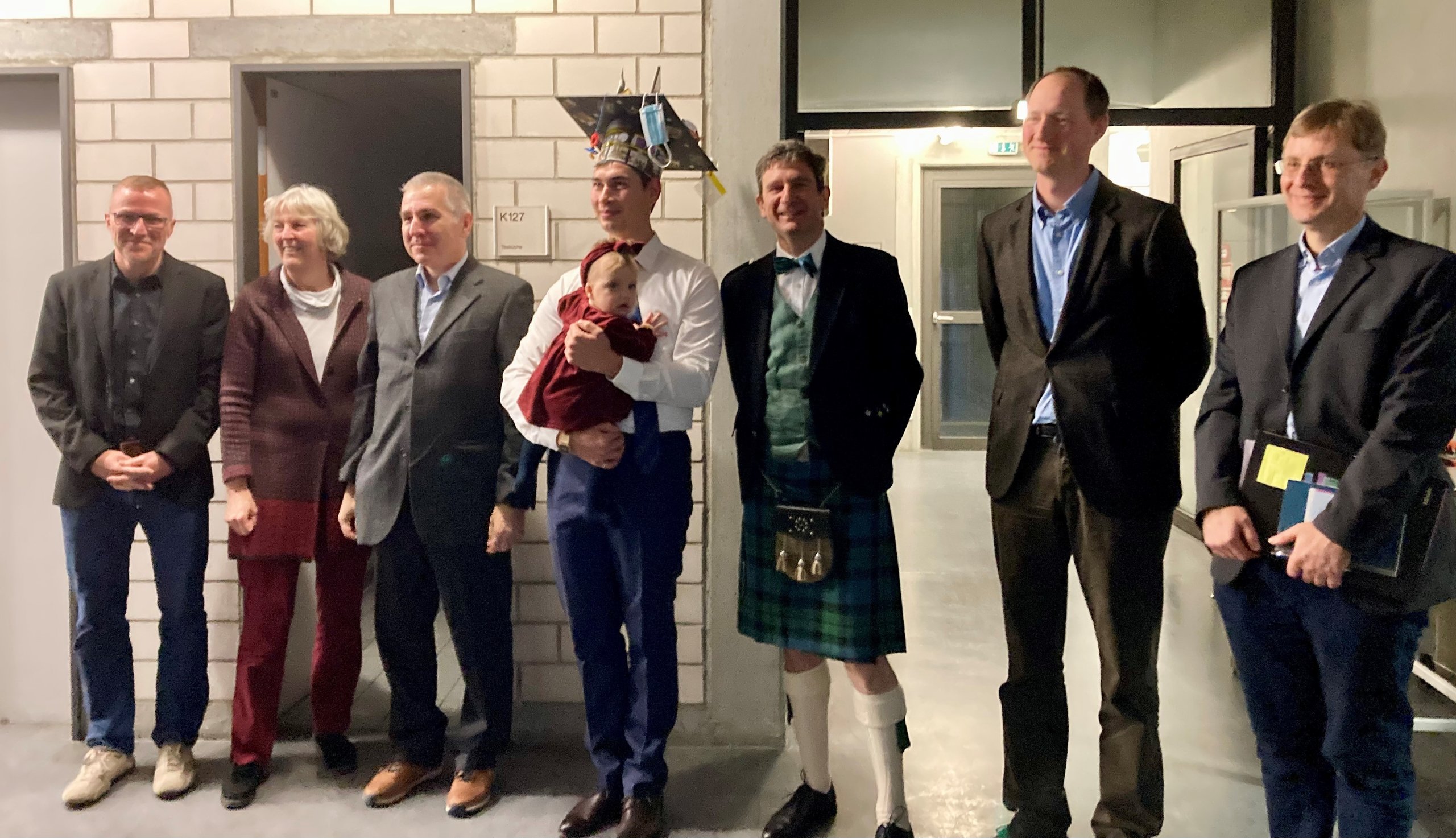Der M-Zweig
The M-Branch consists of three experimental beamlines located at GSI UNILAC. The project is collaboration between GSI Materials Research, the former Ion Beam Laboratory (ISL) of the Hahn-Meitner Institute (HMI), Berlin, and the Universities of Darmstadt, Dresden, Göttingen, Jena, Heidelberg, Stuttgart, funded by BMBF (Verbundprojekt “Hochauflösende in-situ Charakterisierung struktureller Veränderungen in Festkörpern induziert durch hochenergetische Schwerionenstrahlung”) and the Helmholtz Association.
M1 Beamline – Electron microscope
The beamline is connected to a high resolution scanning electron microscope (HRSEM) served by the University of Stuttgart (Prof. Bolse). The HRSEM enables direct imaging of surface modification induced by the ion beam. Therefore the sample can be turned in-situ from the ion beam into the electron beam of the microscope. The setup offers a new in-situ method to investigate the rise of nanostructures during swift heavy ion irradiation.
M2 Beamline – X-Ray Diffraction
An on-line four-circle x-ray diffractometer (transferred from the ISL, Berlin) has been embedded by Dr. Klaumünzer into the M2 beamline. The four-circle stage allows ion irradiations and X-ray diffraction analysis under any angle of incidents. The method identifies modifications of the crystallographic structure (e.g. hammering effect) induced by ion irradiation.
M3 Beamline – In-situ spectroscopy
The beamline consists of a multi-purpose chamber equipped with a closed-cycle He-cryostat, a residual gas analyser, and a gas flow controller. The setting allows in general the control and recording of irradiation conditions concerning temperature and gas atmosphere e.g. for outgassing measurements of materials under irradiation. In addition an infrared spectrometer (TU Darmstadt, Prof. Ensinger) and an UV/Vis spectrometer (Uni Heidelberg, Prof. Glasmacher) allow on-line optical transmission spectroscopy of thin samples (below 100 µm) to follow material modifications e.g. degradation of insulator (polymers). An in-situ luminescence spectrometer (Uni Dresden, Prof. Weber) is applied to investigate time, temperature, and spectral resolved the ion beam stimulated luminescence of semi-conductors. An on-line long-distance microscope displays the sample surface and an in-situ samples curvature measurement (Uni Jena, Prof. Wesch) indicates structural modifications of the material. This analytical technique focuses on defect annealing of semi-conductor.







